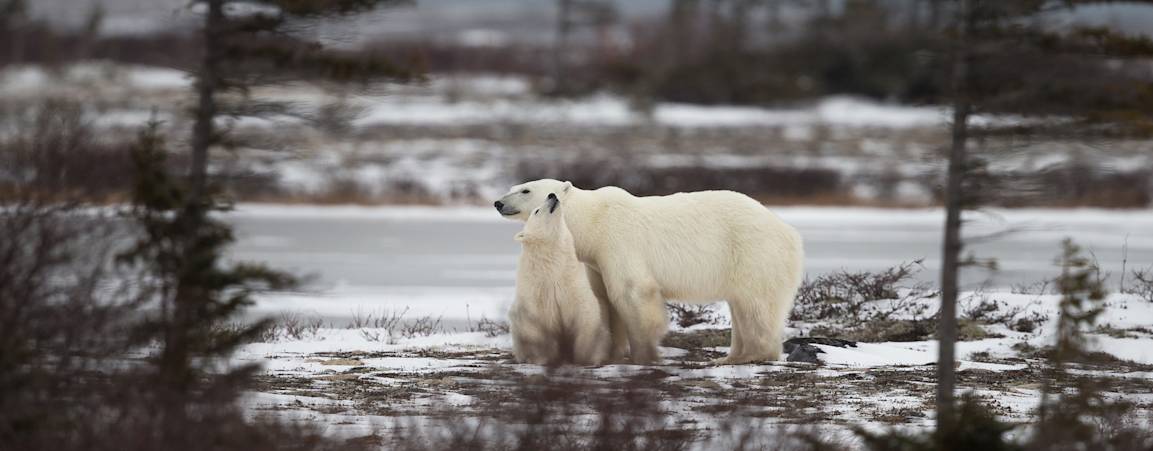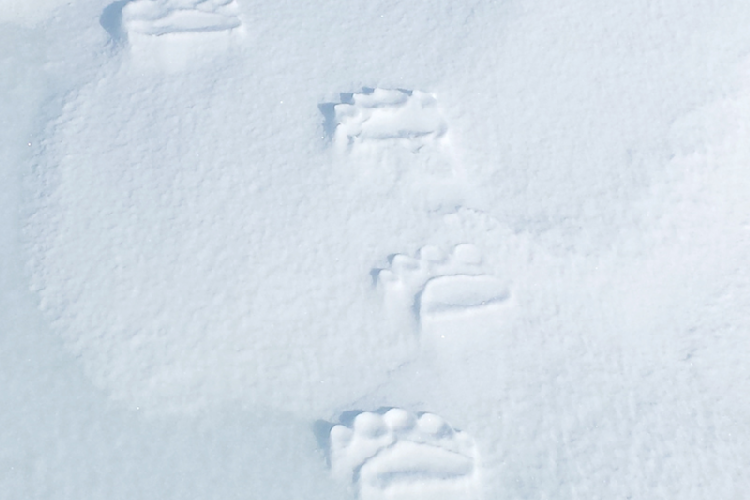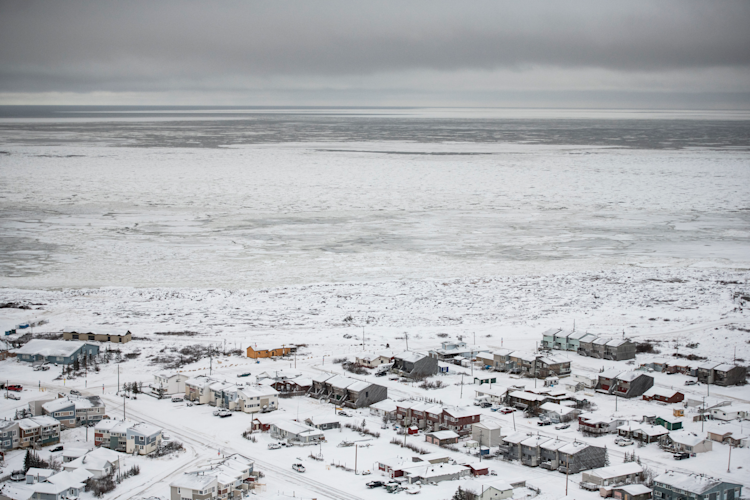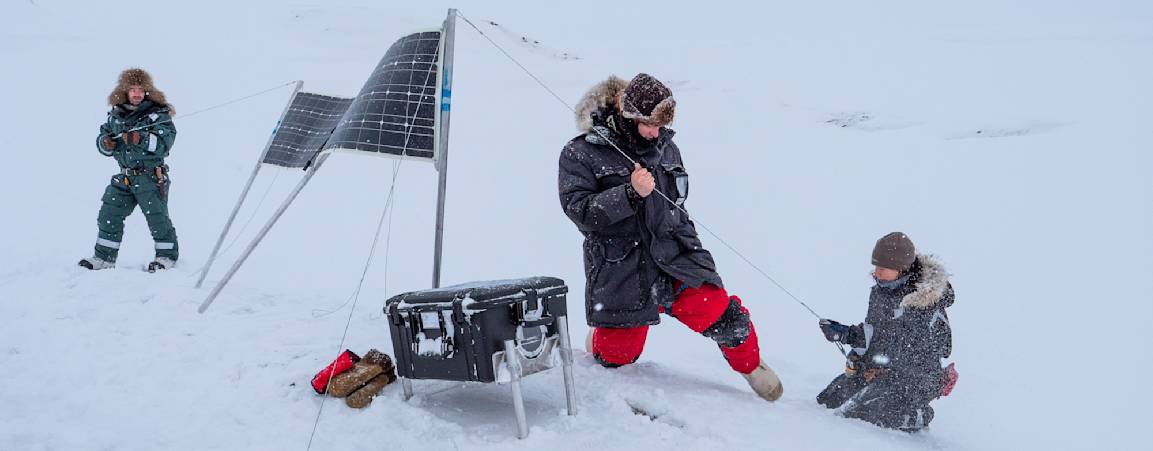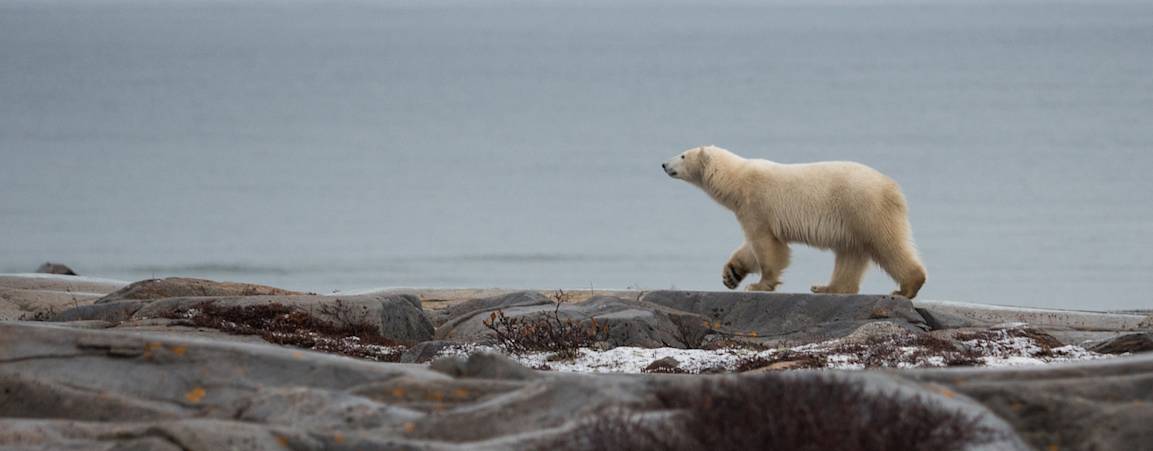Photo: Emily Ringer / Polar Bears International

Policy and Management
We actively engage in policy and conservation plans through participation in local, national, and international groups.

Photo: Meril Darees
Our Objective
We provide the best available science to governments, institutions, and policy makers, as well as to the general public, empowering them to act in the best interests of polar bears and their threatened sea ice habitat.
Working on Policies that Can Effect Change
Because of our team’s long history with polar bear research, our staff scientists are uniquely positioned to provide expert testimony on policies that impact polar bear survival. A good example of this is our recent analysis of the risks posed to denning families by proposed drilling in the Arctic National Wildlife Refuge, a key polar bear denning area. Our staff scientists prepared expert commentary on the threats to polar bear moms and cubs and our chief scientist, Dr. Steven Amstrup, testified before Congress.
In addition, research spearheaded by Dr. Amstrup, then with the U.S. Geological Survey, led to the polar bears’ listing as a threatened species under the U.S. Endangered Species Act—the first species listed under the act due to habitat loss as a direct result of human-caused climate change.
Finally, we know that people around the world have extraordinary power to influence climate policy, at all levels of government. Through awareness day campaigns and distributing climate action tools, we empower communities to call for and enact climate solutions.
Photo: BJ Kirschhoffer / Polar Bears International
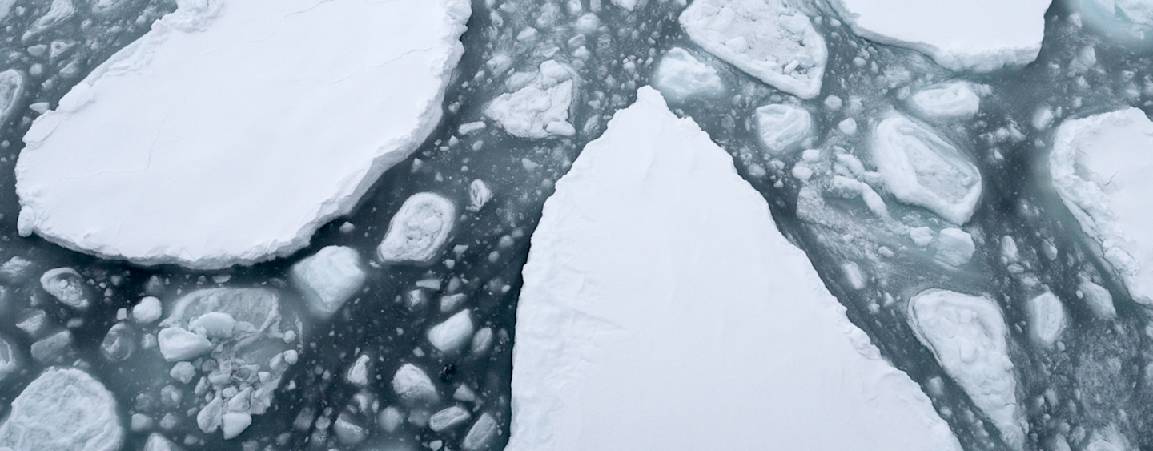
Meaningful Collaborations
We also engage in high-level outreach with local, regional, and national government agencies whose work impacts polar bears, including contributing to conservation plans and supporting coexistence efforts to help communities live safely with their bears. In addition, we take part in the United Nations Conference of the Parties (COP) Climate Talks, working to address the overarching threat to polar bears: climate change.
Working with the Five Polar Bear Nations
Because polar bears roam across five nations and are unaware of national boundaries, our staff scientists and policy experts regularly participate in circumpolar conservation and management groups, including:
The Polar Bear Range States, composed of representatives from the five polar bear nations (Canada, Greenland, Norway, the U.S. and Russia). This includes taking part in its Conflict Working Group, which focuses on promoting coexistence between polar bears and people.
The IUCN Polar Bear Specialist Group, which includes top scientists studying polar bears. This group meets every three to four years and serves as the Scientific Advisory Board to the Polar Bear Range States.
Photo: Tim Auer / Polar Bears International
